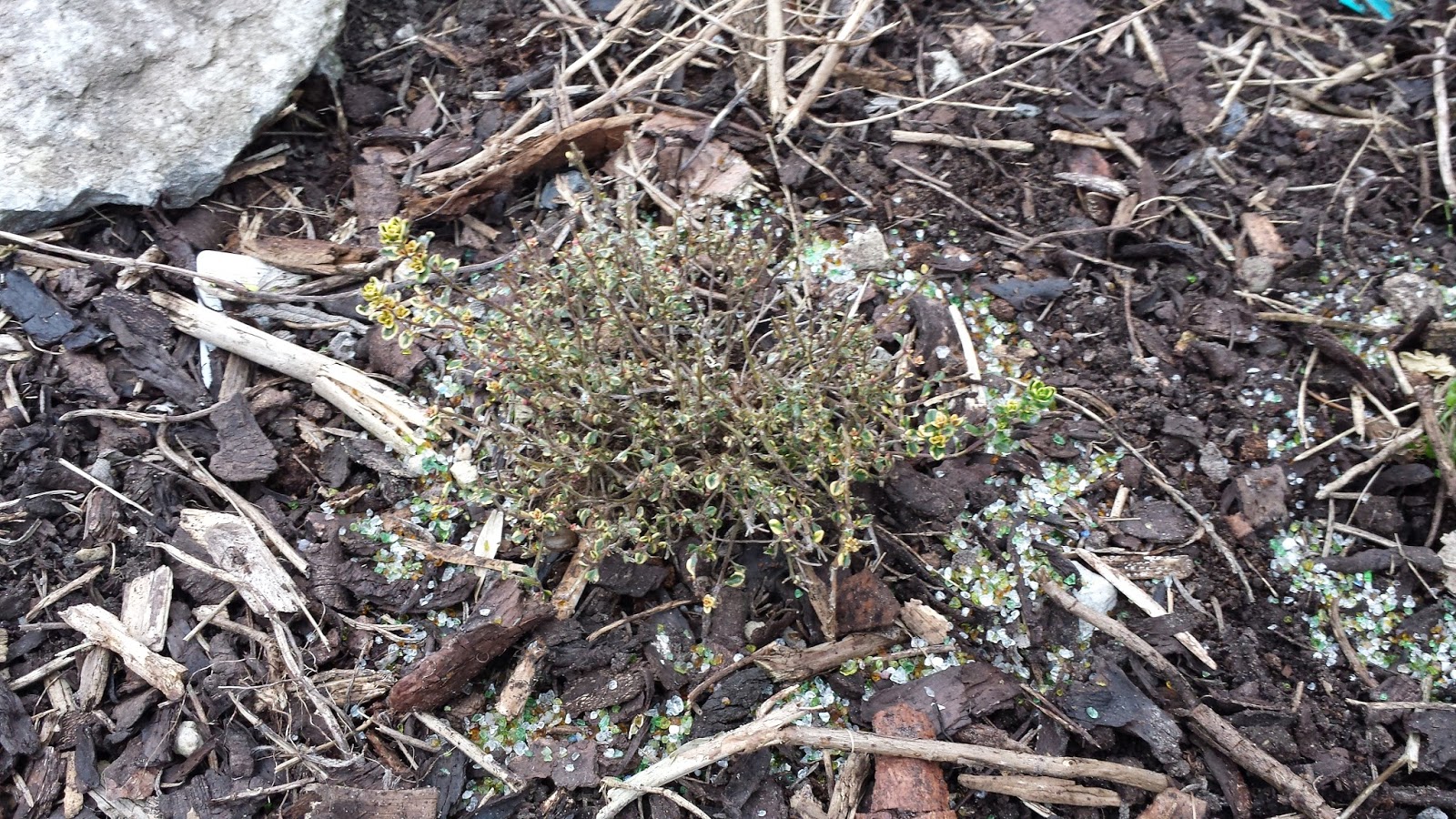 |
| Strawberry bed with new seaweed addition |
I was away on my holidays in Lahinch Co. Clare and decided to bring back a bit of the beach with me. I have been reading for years on the benefits of seaweed fertilizer so I decided to give it a go.
I had always read how quickly it composts down, but couldn't believe the changes in just a week - see photos below. What was a good mulching of about 4 inches was reduced down to powdery thin covering. I can see now why they recommend doing 2 coverings. Now I just need to head back to the beach.
Some links I found useful details about using seaweed as fertilizer:
http://eartheasy.com/blog/2010/09/how-to-use-seaweed-to-mulch-your-garden/
http://www.no-dig-vegetablegarden.com/seaweed-fertilizer.html
http://en.wikipedia.org/wiki/Seaweed_fertiliser
Some of the benefits of Seaweed fertilizer:
- Saves water, keeps soil moist at ground level
- Eliminates the need to weed
- Repels slugs and other pests
- Enriches the soil
- Boosts lethargic plants
- Helps lighten the soil
- Does not contain weed seeds, unlike bark mulch
I collected 3 bags of seaweed once the tide had gone out. I put those bags of seaweed on 2 of my strawberry beds (as they have just finished fruiting) - the other I left to do another day, please don't leave seaweed for any length in bags, the stench a day later is intolerable!
 |
| Lahinch beach with the tide in |
I had always read how quickly it composts down, but couldn't believe the changes in just a week - see photos below. What was a good mulching of about 4 inches was reduced down to powdery thin covering. I can see now why they recommend doing 2 coverings. Now I just need to head back to the beach.
 |
| After one week |
 |
| Close up |
Some links I found useful details about using seaweed as fertilizer:
http://eartheasy.com/blog/2010/09/how-to-use-seaweed-to-mulch-your-garden/
http://www.no-dig-vegetablegarden.com/seaweed-fertilizer.html
http://en.wikipedia.org/wiki/Seaweed_fertiliser











